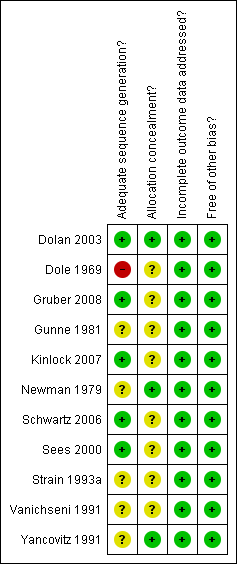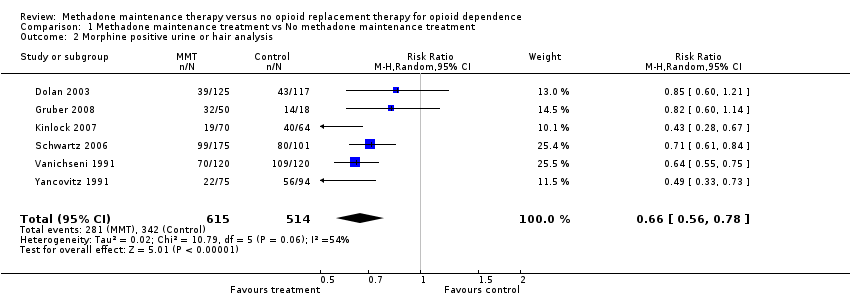Related content
Related reviews and protocols
Richard P Mattick, Courtney Breen, Jo Kimber, Marina Davoli | 6 February 2014
Laura Amato, Silvia Minozzi, Marina Davoli, Simona Vecchi | 5 October 2011
Fabrizio Faggiano, Federica Vigna‐Taglianti, Elisabetta Versino, Patrizia Lemma | 21 July 2003
Laura Amato, Silvia Minozzi, Marina Davoli, Simona Vecchi | 7 September 2011
Pier Paolo Pani, Rosangela Vacca, Emanuela Trogu, Laura Amato, Marina Davoli | 8 September 2010
Contextos hospitalarios versus otros contextos para la desintoxicación de la dependencia de opiáceos
Ed Day, Julie Ison, John Strang | 20 April 2005
Silvia Minozzi, Laura Amato, Cristina Bellisario, Marina Davoli | 24 June 2014
Nicolas C Clark, Nicholas Lintzeris, Alan Gijsbers, Greg Whelan, Adrian Dunlop, Alison Ritter, Walter W Ling | 22 April 2002
Laura Amato, Marina Davoli, Silvia Minozzi, Eliana Ferroni, Robert Ali, Marica Ferri | 28 February 2013
Pier Paolo Pani, Emanuela Trogu, Simona Vecchi, Laura Amato | 7 December 2011








